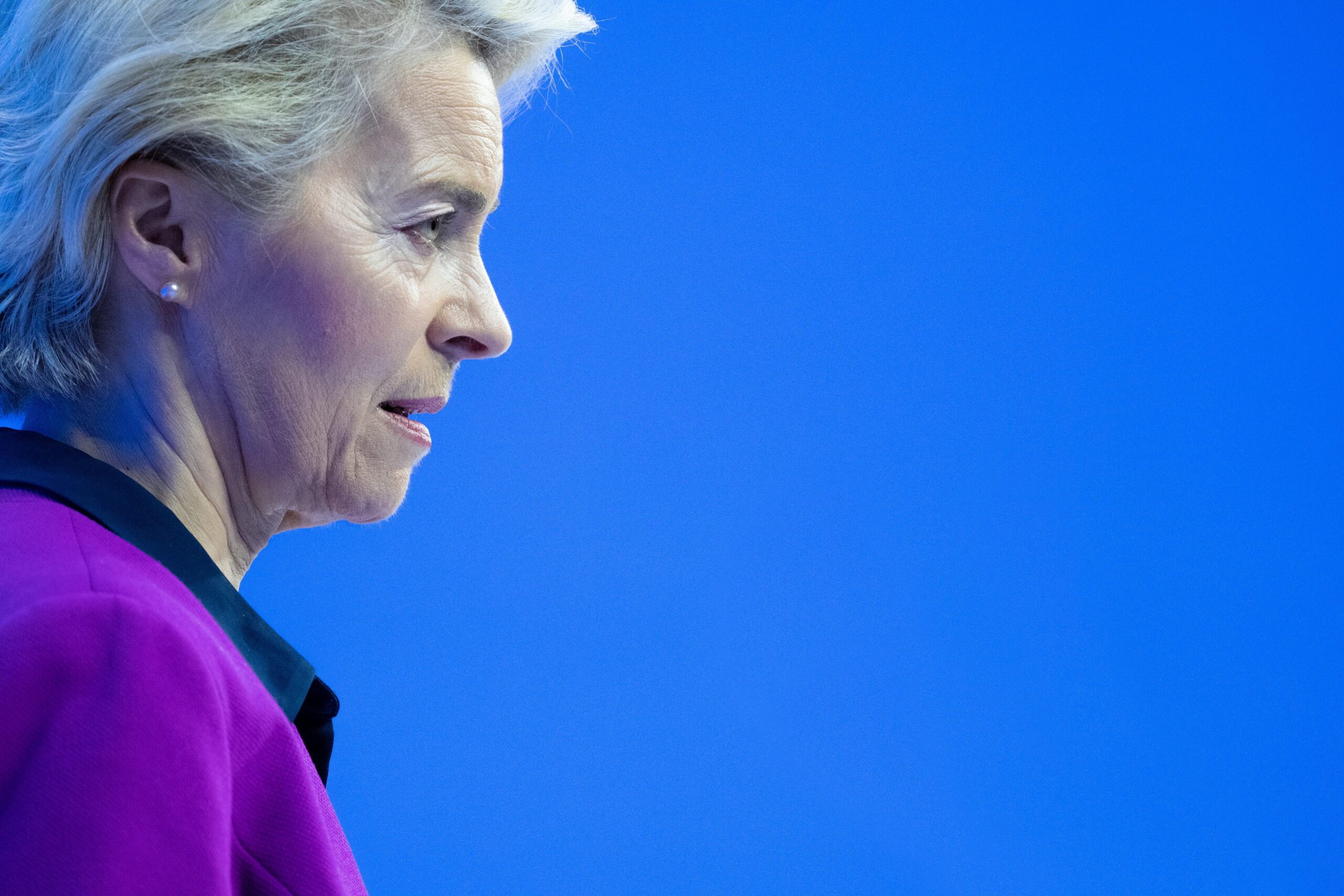Here is the EU plan (without an extra euro) against Biden’s wrath

The Green Deal Industrial Plan, the European Commission's plan for green industry, would like to be the answer to US anger and Chinese subsidies. But it does not provide for new funding. All the details
On Wednesday, the European Commission presented the Green Deal Industrial Plan, a support plan for industries involved in the energy transition that should allow them to compete with their US and Chinese rivals, which their respective governments are encouraging with substantial subsidies.
In general, the Green Deal Industrial Plan provides for the expansion of national aid to European companies through tax credits and investment support measures, and the reuse of already allocated mutual funds that will be used to finance strategic energy projects ( on hydrogen, for example) and new technologies (such as quantum computing ).
The plan proposed by the Commission will be discussed on 9-10 February by the heads of state or government of the twenty-seven member countries of the European Union.
THE RESPONSE TO THE INFLATION REDUCTION ACT
The Green Deal Industrial Plan is in fact the European response to the Inflation Reduction Act , the US law on subsidies to "green" manufacturing worth 369 billion dollars.
The IRA, as it is often abbreviated, represents a risk for Europe, because it could deprive the continent of a solid industrial base in sectors essential for the ecological transition: batteries, electric vehicles, solar panels, wind turbines and green hydrogen, for example example. Attracted by the favorable context – there are not only IRA incentives, but also much lower energy prices – several European companies such as Northvolt, Iberdrola or Enel are in fact giving priority to investments in the United States.
Through the Green Deal Industrial Plan, the Commission also wants to reduce Europe's dependence on China for clean technologies, such as batteries and solar panels, thanks to the enhancement of domestic manufacturing capacities.
THE WORDS OF VON DER LEYEN
The International Energy Agency estimates that the global clean energy market will triple in value by 2030, to about $650 billion a year; a doubling of jobs related to these sectors is also expected.
“We know”, declared yesterday the president of the Commission, Ursula von der Leyen, “that in the next few years the shape of the economy, the net-zero economy, and its location will be decided. And we want to be an important part of this net-zero industry that we need globally."
In 2019 there were around 4.5 million employed in green industries across the European Union; in 2000 they were 3.2 million. It is estimated that the battery sector alone will need 800,000 new workers by 2025.
WHAT THE GREEN DEAL INDUSTRIAL PLAN MISSES
However, the Green Deal Industrial Plan does not contain new funding, but draws on the economic resources already allocated (over 380 billion euros, writes Bloomberg ) in the funds for the ecological transition to 2030.
Reuters explains that the Commission's industrial plan will mainly draw on the 225 billion in loans and 20 billion in grants remaining from the Recovery Fund (about 800 billion in all).
WHAT DOES IT PROVIDE
The proposed plan focuses rather on the simplification of legislation and on the shortening of the authorization times. And above all on the easing, until the end of 2025, of the rules on state aid to the renewable energy sector and to industries engaged in the decarbonisation of production processes.
These rules currently set limits to the public subsidies that the twenty-seven governments of the Union can provide to national companies, in order to guarantee a level playing field within the single European market: otherwise, the richest countries could allocate more resources to their companies, giving them a competitive edge over those based in countries with lower spending power.
HYDROGEN, CRITICAL MINERALS AND HEAT PUMPS
In addition to streamlining procedures for Important Projects of Common European Interest (IPCEI), i.e. initiatives of strategic value for the entire Union, the Green Deal Industrial Plan pays particular attention to "green" hydrogen (that is, obtained from renewables ) and critical materials (such as metals for batteries or rare earths ).
In fact, the plan includes a first auction for the production of green hydrogen, with a budget of 800 million euros: the winner will receive a fixed prize for each kilo of fuel produced – green hydrogen has much higher costs than the variant obtained from gas natural, called "grey" and source of emissions – for a period of ten years. The scheme is modeled after the IRA tax credit.
The Commission also wants to create a Critical Raw Materials Act to promote the extraction, refining and recycling of critical raw materials for the ecological transition , so as to reduce dependence on China.
Furthermore, Brussels intends to facilitate the purchase of heat pumps, devices that allow the use of renewable energies for heating homes, instead of traditional fossil fuels.
THE SOVEREIGN FUND, FURTHER
In the coming months, perhaps this summer, the Commission will propose the creation of a new instrument, a European sovereign wealth fund, aimed at investments in emerging technologies.
Finally, the European Union wants to conclude more free trade agreements and trade agreements in order to strengthen its supply chains and guarantee outlet markets for low carbon footprint goods.
This is a machine translation from Italian language of a post published on Start Magazine at the URL https://www.startmag.it/energia/green-deal-industrial-plan/ on Thu, 02 Feb 2023 08:49:54 +0000.
